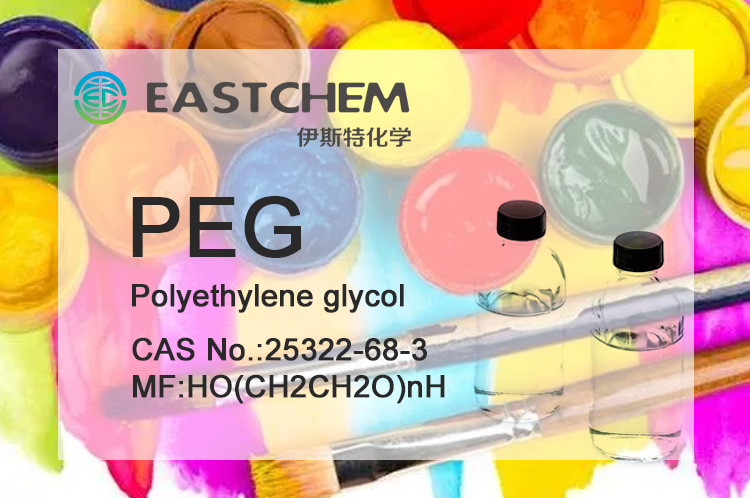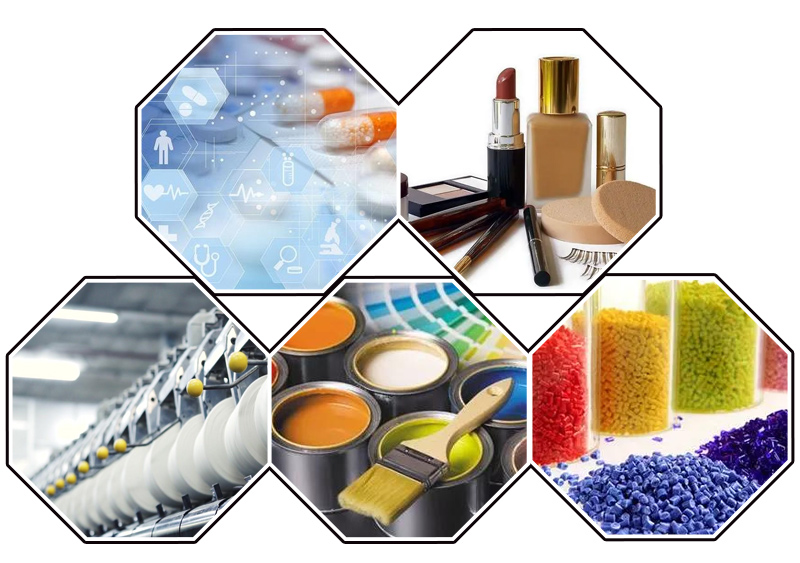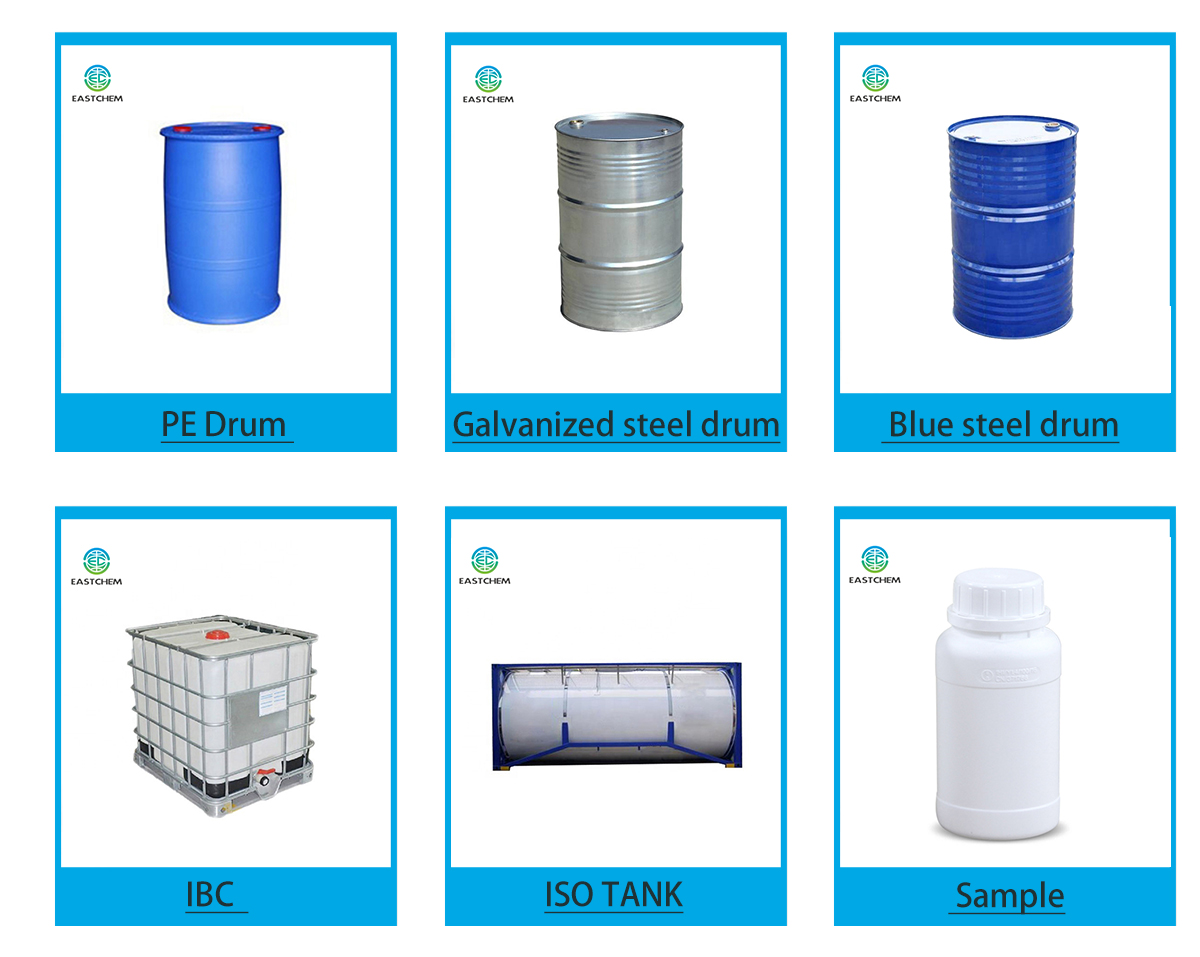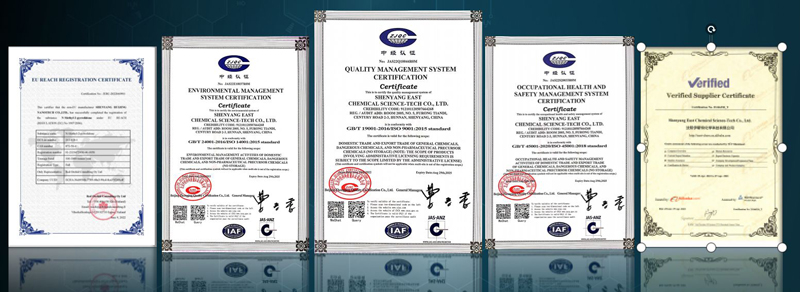methoxy polyethylene glycol 2000 25322-68-3
- EASTCHEM
- China
- 15~20 days
- 25322-68-3
PEG is highly water-soluble and does not hydrolyze, so it is widely used as a water-soluble base for viscosity adjustment. The solubility of PEG in water is not affected by the presence of electrolytes. It is soluble not only in hard water and salt water solutions, but also in acids and bases (except in very high concentrations).

Product introduction
Polyethylene glycol is a high molecular polymer with the chemical formula HO(CH2CH2O)nH. It is non-irritating, has a slightly bitter taste, has good water solubility, and has good compatibility with many organic components. The properties vary depending on the molecular weight, ranging from colorless and odorless viscous liquid to waxy solid. It has excellent lubricity, moisturizing, dispersion and adhesion, and can be used as an antistatic agent and softener. It is widely used in medical, cosmetics and other industries.
Product specification
| project | standard | result |
| color | meets the requirments | conform to fixed |
| state | meets the requirments | conform to fixed |
| average relative molecular mass | meets the requirments | 394 |
| PH | 4.5~7.5 | 5.9 |
| viscosity | 6.8~8.0m㎡/s | 7.2m㎡/s |
| Acid value | ≤0.005% | 0.00% |
| Ethylene oxide | Must not exceed 0.02% | 0.00% |
| dioxane | Must not exceed 0.01% | not detected |
| Total amount of ethylene glycol diglycol | Must not exceed 0.25% | 0.00% |
| Burning residue | Must not exceed 0.2% | 0.03% |
| Lead determination (commissioned inspection) | Must not exceed 1.0mg/kg | not detected |
| Total Arsenic Determination (Commissioned Inspection) | Must not exceed 1.0mg/kg | 0.0572mg/kg |
Product application
Medicine:
Polyethylene glycol is a commonly used pharmaceutical excipient. PEG entries are included in pharmacopoeias around the world. It is suitable for the manufacture of a variety of pharmaceuticals and can be used in soft (milk) ointments, suppositories, pills, hard capsules, and eye drops. It is widely used in various pharmaceuticals such as injections and tablets.
Daily cosmetics:
Polyethylene glycol has a compatibilizing effect and is suitable for the manufacture of various high-quality cosmetics. It can be used in oil-free cosmetics, shampoos and hair conditioners, sunscreens, foot odor removal aerosols, antiseptic ointments, and beard removers. , acne cream, medicated skin lotion, face wash, facial cleanser and soap, hand lotion, lip balm, etc.
Textile industry:
In the textile industry, polyethylene glycol is mainly used to manufacture detergents, softeners, lubricants, anti-drop agents, dispersants, dye carriers, air conditioners and finishing agents.
Coatings and inks industry:
Polyethylene glycol-based coatings are more water-resistant than water-based coatings, and can improve the gloss of the film and reduce odor. PEG is often used in coating preparation. Moreover, PEG and PEG ester can be widely used as dispersants in ordinary PVA emulsion coatings, and high molecular weight PEG is used as an evaporation retardant in paint strippers. In addition, PEG can also be used in wax paper, ink pads and ballpoint pen inks.
Rubber and cork products:
Polyethylene glycol has a strong binding force with rubber without degrading the rubber. Coupled with the low volatility and high flash point of PEG, PEG is mainly used as a release agent and loosening agent for rubber and polyurethane products in the rubber industry. As well as a lubricant, it is a good plasticizer and moisture retainer in cork and sponges.
Resins and plastics:
Polyethylene glycol has good water solubility. Therefore, incorporating PEG into resins (alkyd resins, methacrylic resins, polyurethane resins and natural resins) can greatly improve the properties of the resin. For example: replacing glycerol with PEG can improve the toughness of the resin, and for shellac (lac), PEG can produce a water-soluble resin that is not precipitated by acid. In terms of plastics, low molecular weight PEG is a particularly good plasticizer and softener in the manufacturing process of celluloid.
Metal processing:
Due to the good water solubility of polyethylene glycol, PEG (PEG-2000, PEG-3000) has replaced some materials in the metal processing industry and has been promoted and applied. It has shown very important application value in the manufacturing of hollow castings, especially It can be used as a good lubricant during metal processing. In addition, the low volatility of PEG can be used as a flux and flux for low-temperature solders, and high molecular weight PEG is a good binding agent.
Papermaking:
For paper production with low water content and high lubricity, PEG can also be used to achieve the goal.
Chemical raw material intermediates:
Polyethylene glycol is an important chemical raw material intermediate, especially in the manufacture of nonionic surfactants, such as the production of PEG copolymers and PEG esters. PEG ester is widely used in food emulsifiers, emulsifiers of oils in the textile industry, emulsifiers in pesticides, medicines and cosmetics, dispersants and lubricants in the plastics industry, and dispersants and lubricants in cleaning agents.

Packaging & Storage
1. Polyethylene glycol substances should be avoided from being mixed with flammable, explosive and other dangerous goods during transportation;
2. The packaging box must be marked with the name, concentration, molecular weight and other information of polyethylene glycol;
3. Hazard signs and labels should be placed on the exterior and interior of the vehicle so that safety personnel can handle them promptly when needed.

Honors and qualifications
